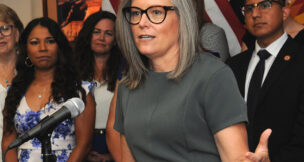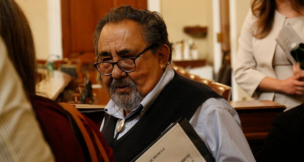Republicans want US Supreme Court to scrap legislative district map
Howard Fischer, Capitol Media Services//August 28, 2014//[read_meter]
Republicans want US Supreme Court to scrap legislative district map
Howard Fischer, Capitol Media Services//August 28, 2014//[read_meter]
Commission chair Colleen Mathis, middle, pours over possible congressional redistricting maps as she is flanked by commissioners Linda McNulty, left, and commission vice chair, Scott Freeman...
















